Our Case Studies across the Oil & Gas Sector speak volumes about the wide range of projects we have been involved in.

Sector: Oil & Gas

Sector: Oil & Gas
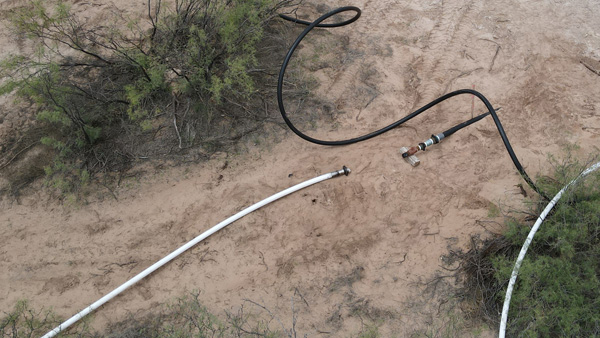
Sector: Oil & Gas
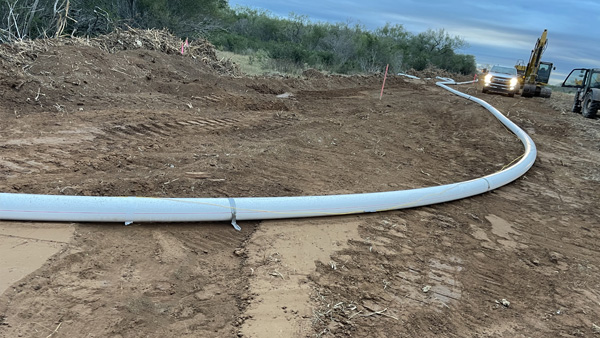
Sector: Oil & Gas
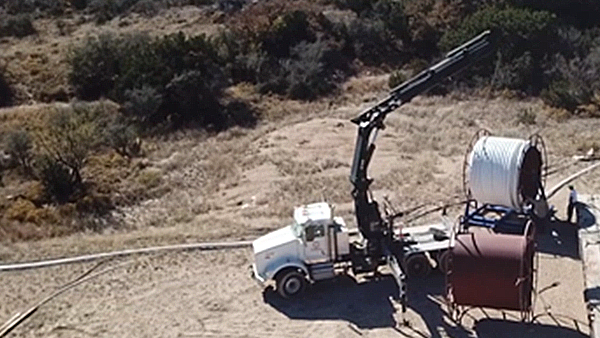
Sector: Oil & Gas

Sector: Oil & Gas
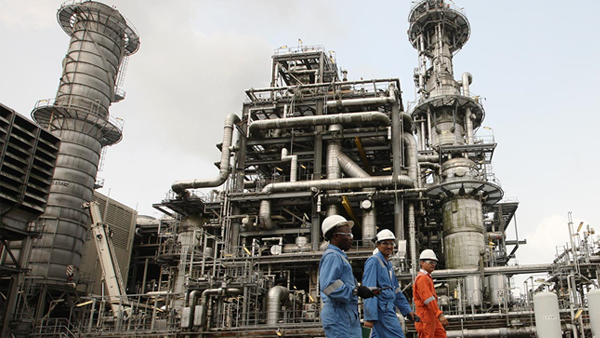
Sector: Oil & Gas
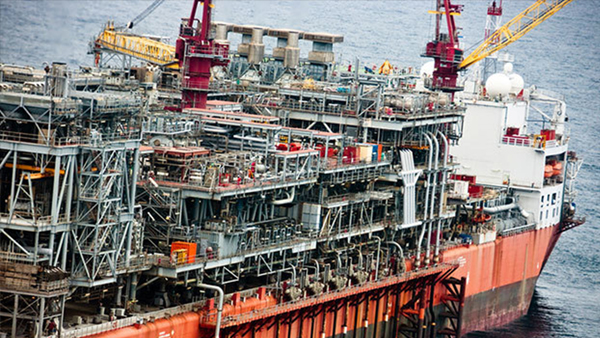
Sector: Oil & Gas
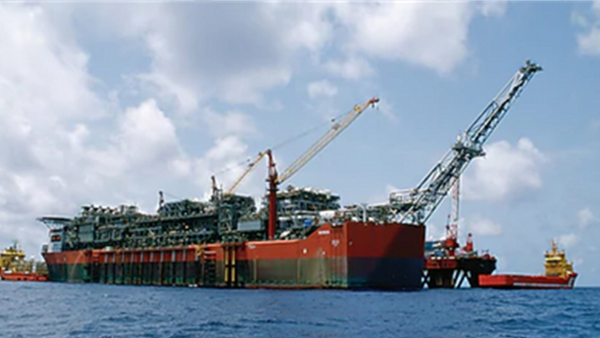
Sector: Oil & Gas
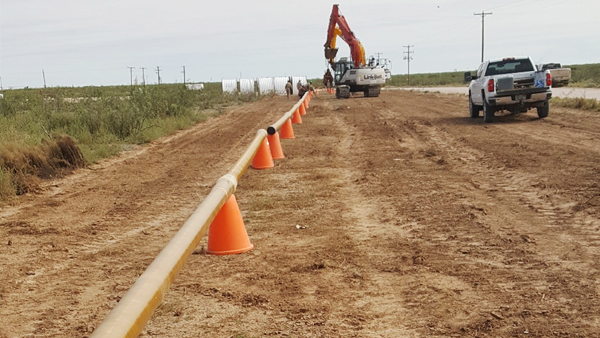
Sector: Oil & Gas
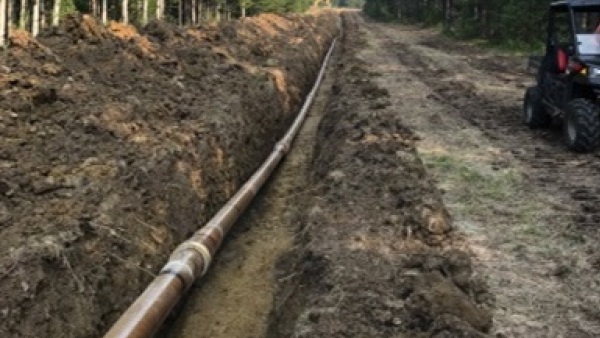
Sector: Oil & Gas
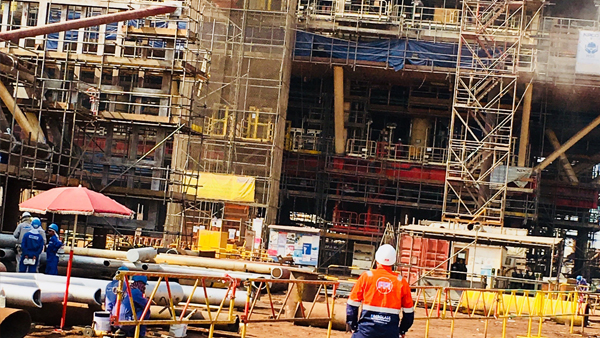
Sector: Oil & Gas
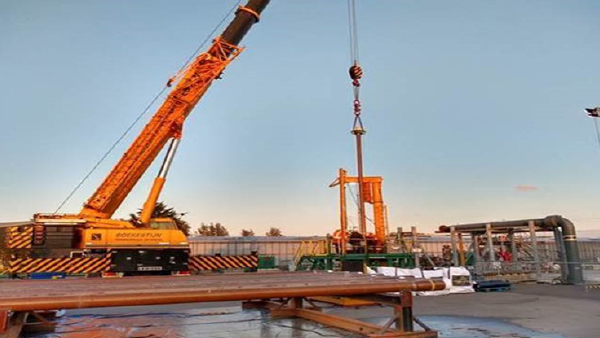
Sector: Oil & Gas
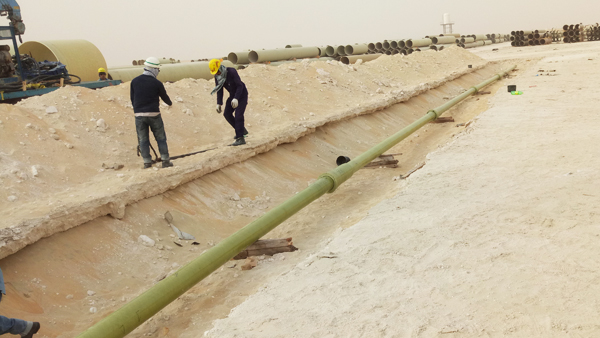
Sector: Oil & Gas
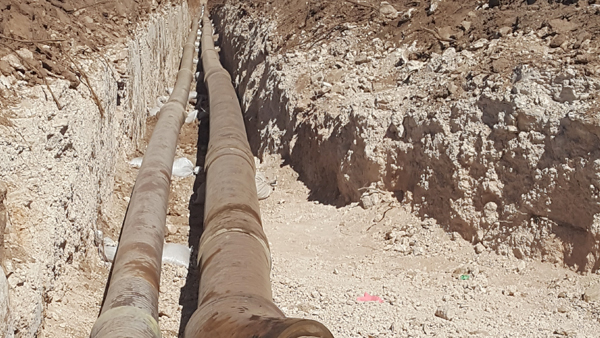
Sector: Oil & Gas
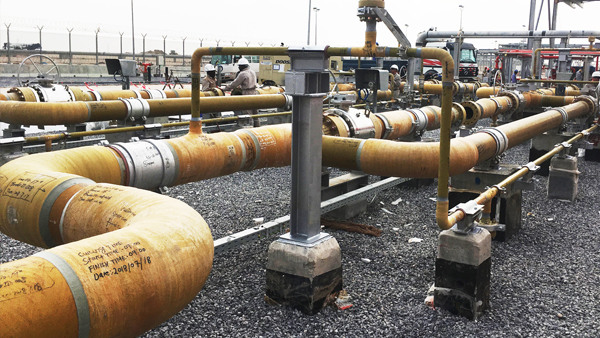
Sector: Oil & Gas
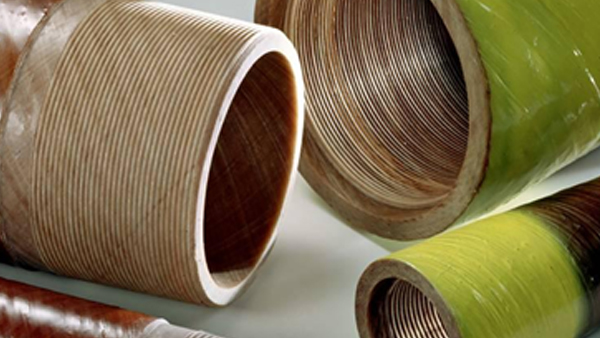
Sector: Oil & Gas

Sector: Oil & Gas
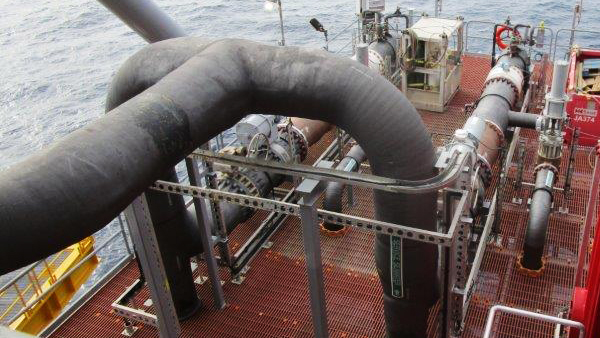
Sector: Oil & Gas
We have a library full of case studies, below are just a selection of our work across the Water Sector or request a call back to request one closer to your project needs.
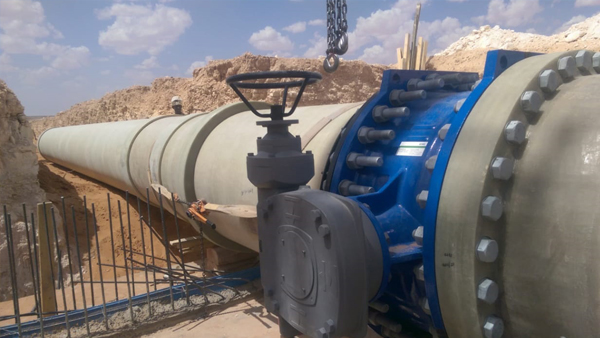
Sector: Water

Sector: Water
Sector: Water
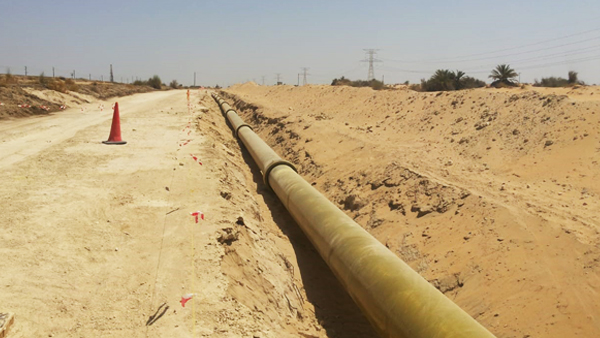
Sector: Water
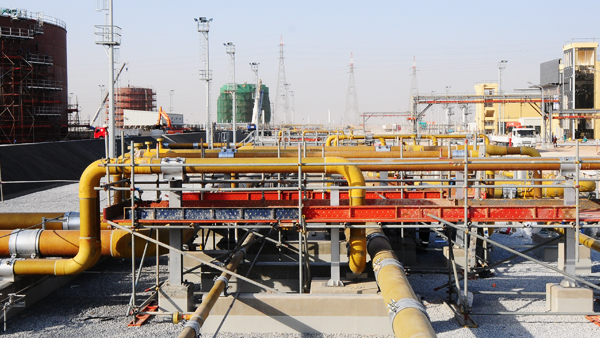
Sector: Water
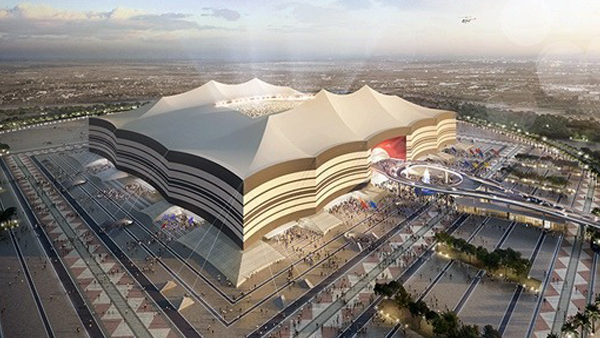
Sector: Water
Seeing is Believing – our case studies can give you a good feel for the scale and magnitude of some of the Industrial projects we’ve worked on.
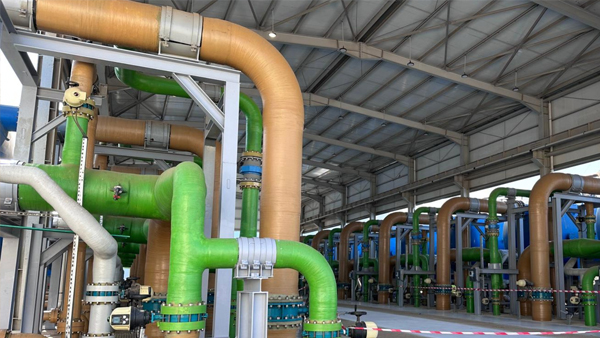
Sector: Industrial
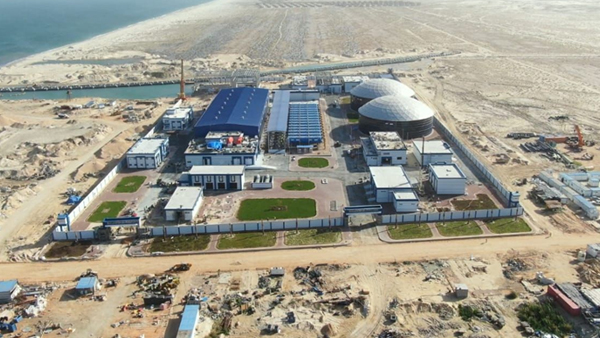
Sector: Industrial
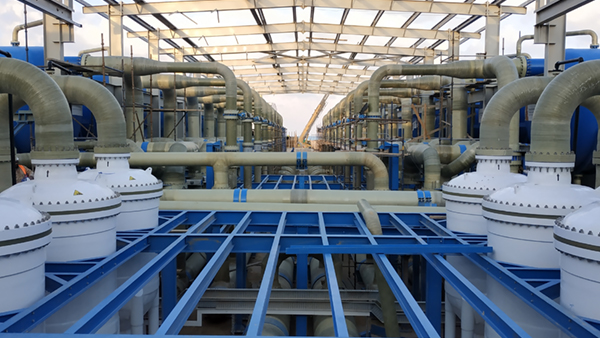
Sector: Industrial
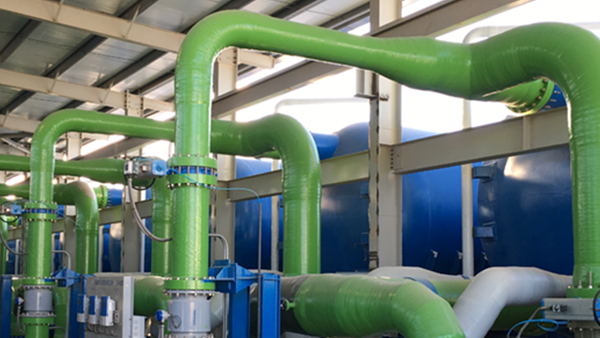
Sector: Industrial

Sector: Industrial
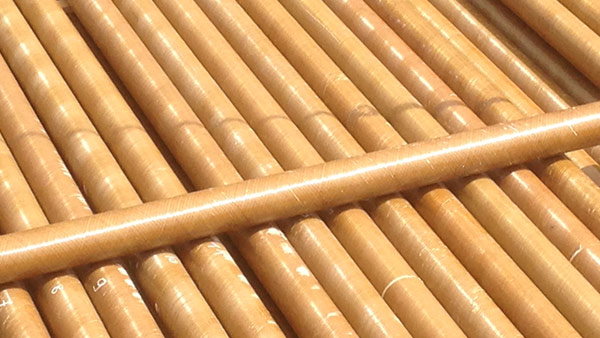
Sector: Industrial
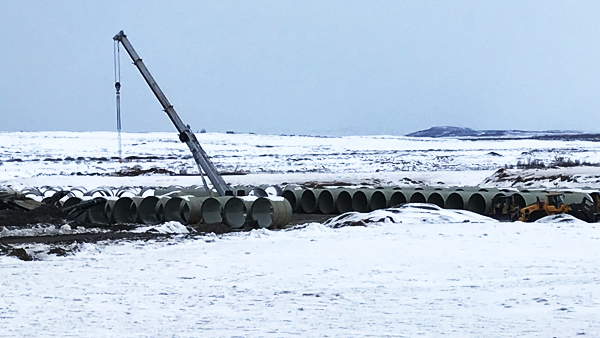
Sector: Industrial
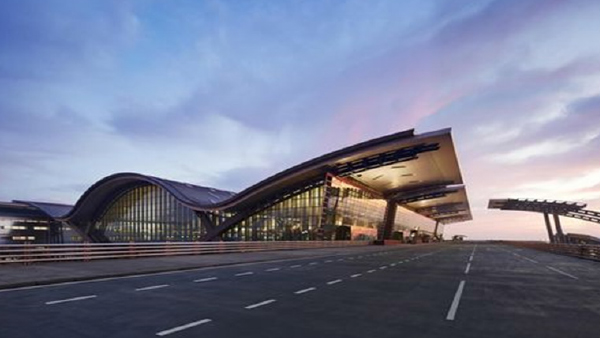
Sector: Industrial
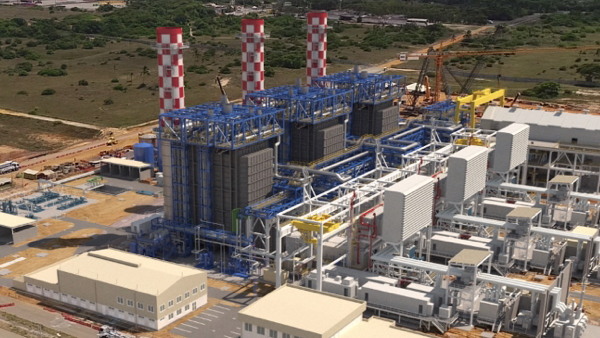
Sector: Industrial
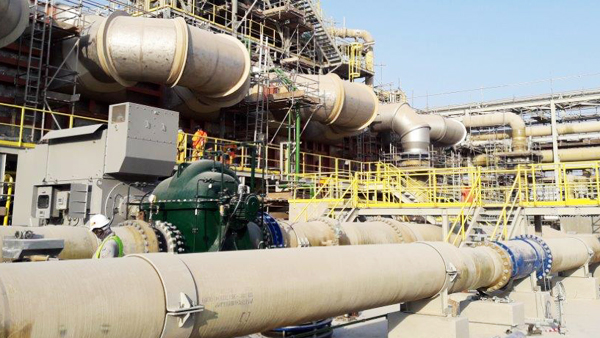
Sector: Industrial
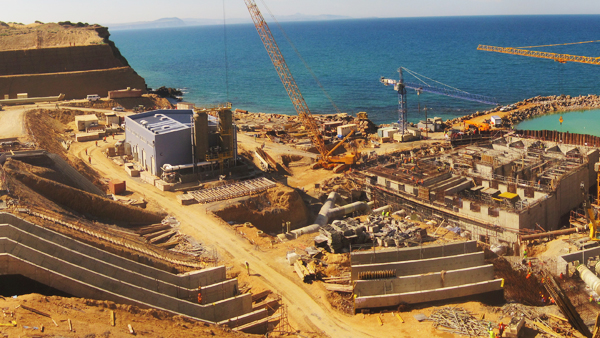
Sector: Industrial

Sector: Industrial

Sector: Industrial
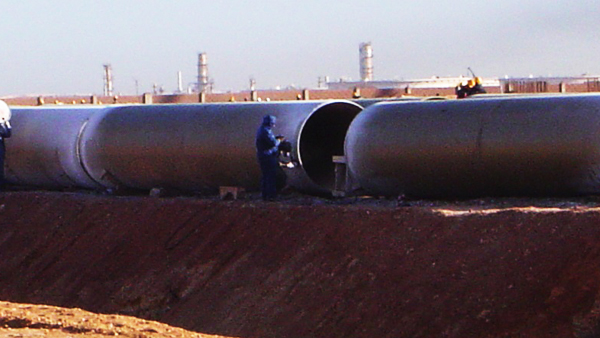
Sector: Industrial
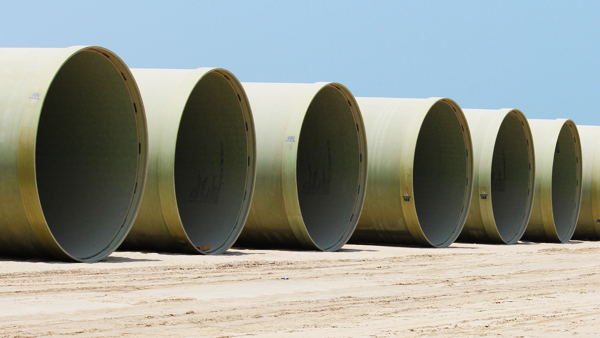
Sector: Industrial
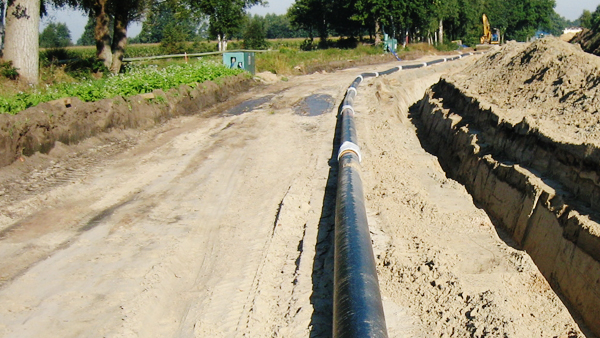
Sector: Industrial

Sector: Industrial
Our Case studies across the Marine & Offshore sector are highly tailored to specific projects, below you will find some examples of the solutions we have provided.
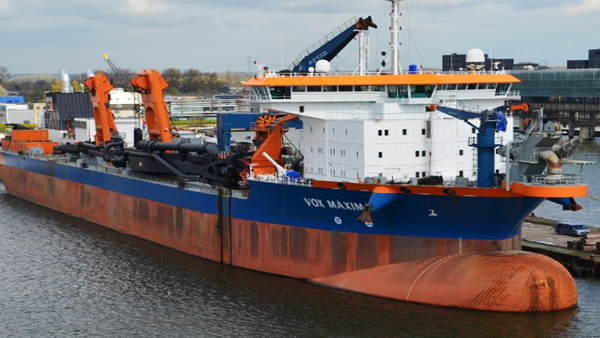
Sector: Marine & Offshore
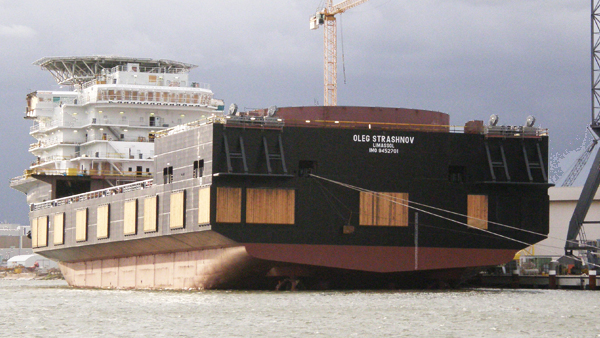
Sector: Marine & Offshore
A : No. Future Pipe Industries fiberglass pipes are bespoke products engineered to the highest international standards and specifications.
A: Due to the elastic nature of the resin which holds the cloth like glass fibers together, fiberglass is strong and flexible. Our products meet the rigorous “Impact Test” requirements of the international standard e.g. BS and API.
A: Fiberglass pipe properties do not degrade even when subjected to prolonged exposure to sunlight. However, upon request, a UV inhibitor can be added for visual aesthetics. This is typically used for unpainted above-ground applications.
A: Yes. Major regulatory bodies including WRAS (UK), NSF (US) and KIWA (Netherlands), have certified Future Pipe Industries fiberglass pipes as suitable for potable and drinking water applications.
A: Fiberglass pipes are prone to excessive sharp point loads which need to be avoided. Other than that, fiberglass pipes can be handled just like any other piping. Further details are available in our Product Handling and Installation catalogue.
A: Yes, however this can be done only for elbows which are not fabricated on a mandrel (molded type). This is done by joining several cut pipe sections to form the required curve. Typically, this will have a curvature radius of 1.5 x D.
A: Diamond cutters are typically recommended for cutting. Grinding discs are recommended for surface preparation before bonding.
A: Yes, fiberglass is resistant to a wide range of chemicals and remains in service for a longer period of time than other piping materials. Each resin type has its own resistance properties and characteristics that makes it well-suited to certain applications. Recommendations can be provided by our expert team of engineers based on your project needs.
A: Yes, provided a steel or GRP spacer is inserted in between the two.
A: Yes, we can produce customized diameters.
A: Yes. Future Pipe Industries has an in-house drafting team capable of generating isometrics as well as special product drawings. This information is typically required when prefabricated spools are purchased to reduce site installation time and works.
A: Being a composite material, fiberglass piping may be custom designed to meet the desired design and performance requirements in the most cost effective way.
A: To avoid a stress concentrated point load, U-bolts are not recommended for fiberglass, however they can be used for small diameter piping of 50mm and below.
A: One of the main advantages of fiberglass pipes is that they have a low friction factor e=0.05 mm when compared to steel and ductile iron pipes. As fiberglass pipes don’t corrode, this friction factor is constant throughout the lifetime of the pipe.
A: Future Pipe Industries has a comprehensive testing and inspection program starting from raw material receipt up to finished product delivery. Regular inspections take place throughout the various stages of the manufacturing process.
A: Future Pipe Industries has Installation Manuals that includes instructions on handling, delivery, and storage of the various products covering the common types of installations. Please refer to the applicable sections within our catalogues.
A: Yes, Future Pipe Industries offers product engineering services and system engineering services.
A: Yes, Future Pipe Industries service portfolio includes site services, installation and supervision.
A: Future Pipe Industries provides training in site jointing for adhesive or laminated systems.
A: The most practical connection method is flanges. However, mechanical couplers e.g. Viking Johnson or Teekay type are sometimes also used, as they enable mating of pipes of slightly different outer diameters (ex GRP and steel). In bell / spigot projects, GRP pipe spigot OD can be calibrated to match the coupler of the existing material (ex GRP to HDPE/PVC). However, that is typically not required as most coupler piping is underground and manhole pits are usually utilised to intersect the different pipelines.
A: The supports for fiberglass pipes are similar to those used for other piping. Key aspects include ensuring proper clamp length to avoid point loads on the piping and lining the clamp with rubber sheets.
A: Fiberglass pipes are much lighter than steel, ductile iron and concrete pipes. The density of fiberglass is roughly 1850 kg/m3. The density of steel is 7,260 Kg/m3.
A: For the piping industry, typically filament winding and hand lay up (contact molding) are used. At Future Pipe Industries two types of filament winding processes are used, helical and continuous. Helical involves reciprocally winding the pipe on a mandrel until the required thickness is reached over that entire mandrel pipe length. The second process continuously builds up and cures the entire thickness in a short length to produce a continuous length of pipe.
A: Repair can be done typically using off-the-shelf lamination kits. Repairs may include surface repair or may require cutting out and replacing the defective section depending on the severity of the damage.
A: Yes, we are one of the pioneers in this field and has recently achieved several breakthroughs in this technology.
A: Depending on the type of joint, shavers may be required. Please refer to the catalogue section on product handling and installation.
A: There are many advantages. GRP pipes do not require lining, coating, costly cathodic protection or hot welding. GRP is corrosion resistant, lightweight, has low friction for pump running costs, low lifecycle costs and a practical jointing system. For aboveground installations, GRP does not absorb as much heat from the sun as steel piping, which is an advantage for cooling process water applications.
A: The materials used in fiberglass manufacture are glass fibers (roving, woven, chopped) and resin (a matrix which holds glass together when cured). The glass material and weight varies with size and application, as does the resin bonding type and properties.
A: Fiberglass pipes can be used for most piping applications, including: Plant and Process Piping, Firewater, Sewer (industrial & sanitary), Seawater Intake and Outfall, Desalination, Potable Water, Irrigation, Pre-insulated Chilled Water Piping, Jacking & Micro-tunnelling, Manhole & Structural Liners, Tanks of all types (chemical & other), Conductive Piping (for hazardous areas), Offshore Piping, Fire-Resistant Piping, Abrasive-Resistant Piping, Ship and Dry Dock Ballast Piping, Marine and Subsea Piping (underwater), Air Vent Sewer Gas Ducting, Drop Shafts, Backdrops, Perforated Pipes, Oil and Gas Process Water, Down hole Threaded Tubing, High-Pressure Threaded Line Injection Well Tubing, Oil Well Casing and many more within the temperature capabilities of the resin.
A: Fiberglass composite is a laminate made from glass fibers or filaments and thermosetting resin. It is commonly known as RTRP, RTMP, FRP, GRP, GRE and GRV.
A: From a hydraulic point of view, in a piping system under pressure, there are always unbalanced forces (thrust) at changes of directions (e.g. elbows and tees), or cross-sectional area (reducers). These forces are balanced, either by using a piping system capable of withstanding the thrust i.e. a ‘self-restrained’ piping system and joint, or by using concrete thrust blocks at changes of direction and cross-sectional areas. This is the ‘non-restrained’ piping system and joint.
A: The maximum velocity for fluids typically varies from 2 to 5 m/s and gases from 4 to 10m/s. However exceptions of 10m/s & 20m/s respectively may be permitted on a cases by case basis and only for a short period of time.
A: Similar to conventional piping, fiberglass requires a stable backfill which is neither soft and silty or sharp and large, such as rocks. ASTM D2487 and AWWA M45 have very good guidelines on this and ideal backfill is reiterated in FPI installation catalogues.
A: This involves the prefabrication and joining of multiple components in the factory into a single transportable spool assembly. This reduces site jointing.
A: FPI holds certifications to international standards as well as to end-user and local authority specifications. On the international level FPI holds certifications from the following bodies: API, ASTM, BS, EN, WRAS, FM, DNV, ISO, NSF, Exova, Sintef, TUV, TNO/IMO and RINA. On a local level, FPI hold various certifications spanning government bodies such as: civil defence; electricity and water; and sewer and drainage to oil and gas operators such as national oil companies and exploration operators. Many of these certifications require on-going testing programs for renewal which FPI conducts regularly (for further information, please refer to Accreditation)
A: When backfilling the pipe up to 0.6m from its crown, light portable plate compactors may be used with a weight not exceeding 120kg (or hand held types for small diameter/trenches). From 0.6m to 1m burial depth from pipe crown, roller compactors may be used with a maximum weight not exceeding 1000kg. Above 1m, a 5ton roller compactor may be used.
A: Depending on the face of the flange (raised or flat), FPI recommends the use of self-energized gaskets with steel inserts or O rings. For High Pressure applications (e.g. API 15HR), spiral wound metallic gaskets are recommended.
A: FPI follows all international standards including BS, EN, ISO, ASTM, ASME, AWWA, API, AS, as well as special end user standards such as those specified by companies such as Shell, Total, Aramco, Kuwait Oil Company (KOC), Qatar Petroleum (QP), ONGC and other high profile clients.
A: Most mediums with temperatures less than 100°C. Chemical applications can be confirmed on a case by case basis.
A: FPI’s pipes are made with polyester, vinylester and epoxy resins